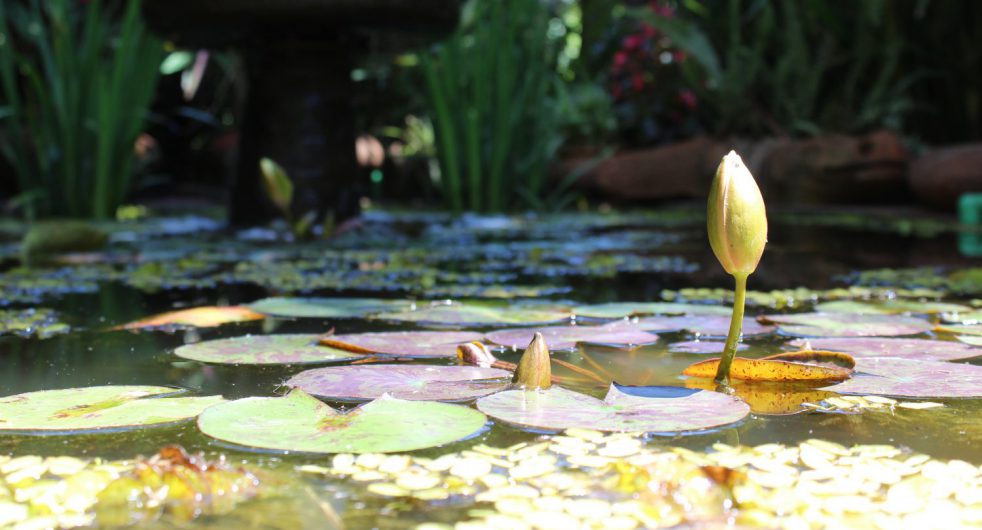In the beginning[1], there was no heaven and earth. Instead, a vast silence stretched into the darkness. Out of the great distances, the Creator Pangu was borne on the wings of a beam of light. Had she held a mirror up to her face she would have seen more emptiness, for she was travelling slightly beyond the speed of light itself[2]. At exactly 50,000 light years from where she began she decided to create the Heavens and the Earth. From her flesh, she formed the rivers, lakes and seas. From her eyes, she formed the sun and the moon. From her hair, she formed the grass and the forests. The four corners of her head formed the great Mountains Tai, Wei, Huang, and An. The light beam continued on its path and when it reached the utmost limits of the nothingness, it returned. Another 50,000 light years later it passed the earth and enveloped it in its radiance. Entranced by the light, some of the Tang Emperor’s subjects dreamed of joining it. One of them was the great poet, Li Shangyin. His adventure was perfectly appropriate, for poems, particularly Chinese poems, are puzzles whose pieces are gods, animals and times, eventually and miraculously linked with one’s personal feelings and passions. (Excerpt from Pleasure Trip to the West by Mark O. Ndesandjo)
危亭题竹粉, wēi tíng tí zhú fěn,
曲沼嗅荷花。 qū zhǎo xiù hé huā。
数日同携酒, shǔ;shù;shuò rì tóng;tòng xié jiǔ,
平明不在家。 píng míng bù zài jiā。
寻幽殊未极, xún yōu shū wèi jí,
得句总堪夸。 dé;děi;de jù zǒng kān kuā。
强下西楼去, qiáng;qiǎng xià xī lóu qù,
西楼倚暮霞。 xī lóu yǐ mù xiá。
On the lofty pavilion I scrape some words on bamboo[3]
The winding river assails me with the smell of rotting lotus
For days I was drinking with friends
At daybreak I wasn’t home
One seeks strange things and never finishes,
Reaches for the words and always exaggerates.
Down from the Western tower I am forced to go
To see it lean into the sunset’s rosy glow.
***
Roaming: Recited by Mark Obama Ndesandjo
Untitled Piece: Composed and Performed by Mark Obama Ndesandjo
As one gets older, one gets closer, , but never reaches the moment of one’s perfection. In essence it is a series of actualizations, which includes creating music. This work for piano reflects that ambivalence. The right hand wanders, at first with hesitation, and then soars into the clouds.
Notes:
[1] In the interests of non-chauvinist time travel, I have decided that Pangu was a hermaphrodite. ‘She’ and ‘He’, therefore, carry equal weight.
[2] Every so often Pangu would take a walk towards the front of the beam, theoretically giving her a speed faster than light. Most physicists understand that were this to occur, time travel and all sorts of unexpected things can result. Of course, if one believes, faith and the imagination have their own miracles. Eventually other mechanisms for time travel were discovered. The physicist Neils Bohr once asked Shangyin about the mechanism of time travel. “I do not know, how it happens, it has something to do with dreams and mirrors,’ the poet blustered, adding the comment, “The world became bitterly cold in my despair, then I woke up in a different time”. Up until then Bohr had wrestled with the concept of probability and the constancy of the speed of light. According to Einstein, nothing could go faster than light. Space was four dimensional, with height, length and width and time. Instead of a flat universe spreading forever, the four dimensions made every point in time and physical space a point on a curved plane. Bohr reasoned that there was not one such curved space but an infinite number, and at some points they intersected. The tool for understanding this was probability theory. “As if God could play dice with the universe,” Einstein gently mocked him during a chamber music rehearsal. “Albert, for god’s sake, stop telling God what to do!” Bohr retorted. With this insight, he applied probability theory and postulated that if there was a mechanism to slow light down, one could travel across the curve and within a finite time encounter such an intersection, or singularity. At this singularity, one would jump across dimensions…ergo time travel. The experimental apparatus would need to employ a mechanism to bring the temperature to absolute zero, at which the photons of light would stop vibrating. The only other mechanism, creating black holes, was impractical. The precise manner of calibrating temperature as such remained unsolved for years until the 23rd century, when Oslat Tee, the founder of the wave drive, discovered the quantum thermometer during an experiment with helium, in which he enabled neutrons and quarks to make time jumps. From that point on time travel quickly became a reality. (Author’s note)
[3] Classical Chinese poets also wrote on bamboo slats.
